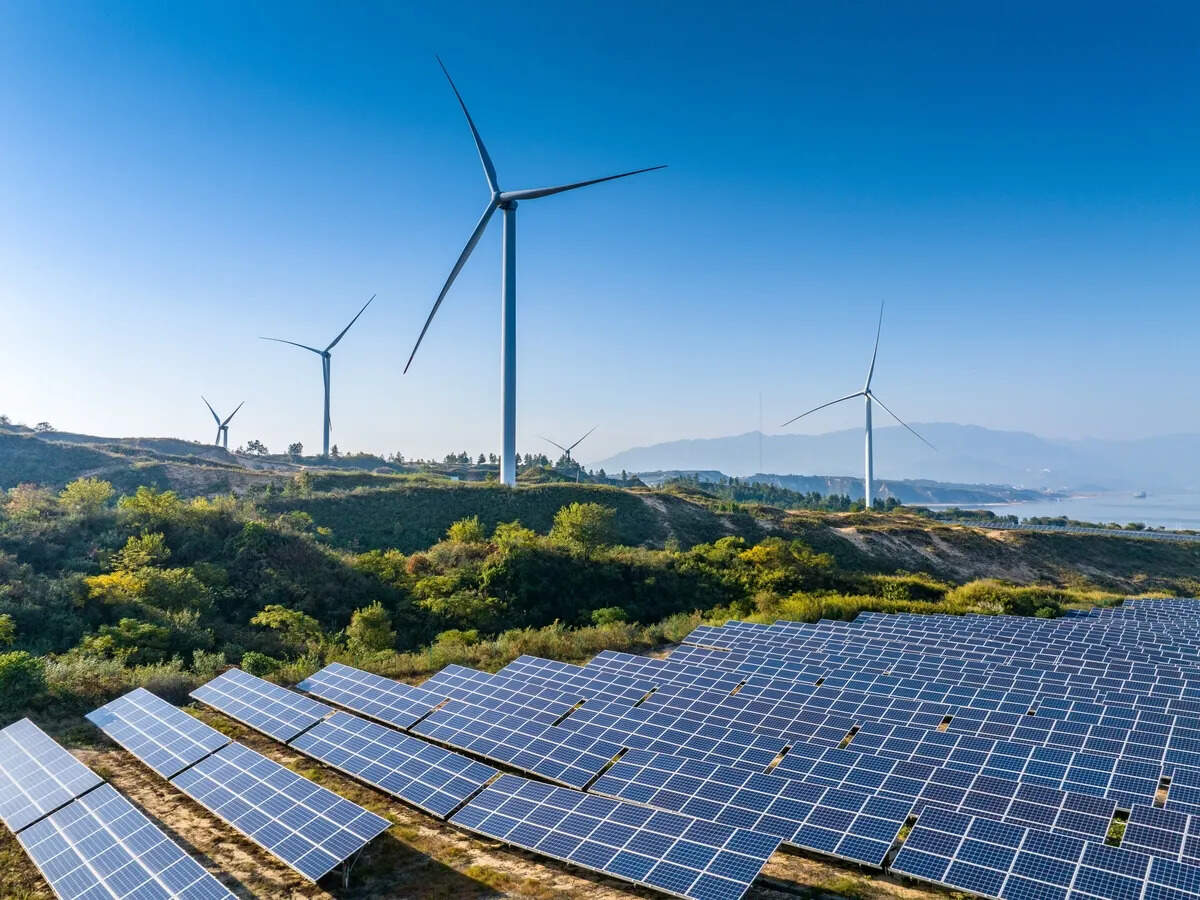[ad_1]

The recent budgetary announcement of a “National Manufacturing Mission” to cover small, medium and large industries has all the potential of becoming another pioneering milestone as the National Solar Mission, especially taken in conjunction with (a) PLI schemes for the sector and (b) focus on revitalizing MSMEs as country’s second engine. It is envisaged that the Manufacturing Mission will “support Cleantech manufacturing and aims to improve domestic value addition and build the ecosystem for solar PV cells, EV batteries, motors and controllers, electrolyzers, wind turbines, very high voltage transmission equipment and grid scale batteries.” (https://bit.ly/4jJVYc0). Its uniqueness, however, lies in its complete ecosystem approach encompassing “five focal areas i.e. ease and cost of doing business; future ready workforce for in-demand jobs; a vibrant and dynamic MSME sector; availability of technology; and quality products.”In the rush to add solar power capacities – something unimaginable, and some say, audacious target in GWs way back in 2010 – deployment eclipsed the idea of domestic manufacturing capacity altogether till the government started PLI schemes for solar PV
manufacturing. Of course, it is also a fact that the kind of success India achieved in this field was to a large extent made possible by the falling prices of solar PV globally. Indeed, considering the high solar PV prices of the times, initially National Solar Mission envisaged the overall target of 20 GW by 2020 to be split 50:50 between solar thermal and solar PV. But achieving the installed solar capacity target was but one of the objectives of National Solar Mission; its larger goal being putting India as a `Solar’ leader in the world. Let’s recall Dr. Man Mohan Singh’s (then P.M. of India) speech during the launch of solar mission in 2010 at Solar Energy Conclave where terming industry’s role in the mission critical, he said: “the mission planned to create an installed capacity of 20,000 MW by the end of the 13th Plan. “If the mission is to become a reality, we will have to create many solar valleys on the
lines of Silicon Valley that is spurring our IT industry across the country……. Noting that these valleys would become hubs for solar science, engineering and research and fabrication and manufacturing, he urged industry to see the mission as a huge business opportunity.” (https://bit.ly/4jE0wRl).National Manufacturing Mission with its ecosystem approach can very well usher country in a pole position in cleantech space, particularly solar energy; an idea that germinated our solar mission in the first place. The leadership position India occupies today in solar energy is undoubtedly stupendous – and hard earned. But it is time to transcend to the next level, to become the solar/cleantech hub serving the global community, to become cleantech’s global capability centers. It is well established that a true manufacturing leadership rides on the back of strong indigenous R&D base. It would be our shortsightedness to think that India
can really be atmanirbhar without putting in substantial investment in R&D. India must, therefore, take a leading technology development role, centered around its own specific socio-economic needs and geographical conditions; unlocking a faster and wider South-South cooperation as well. Here, the industry has to up the ante. While the budget 2025 makes a provision for Rs.20,000 crore outlay to drive private sector-led research, it is for the cleantech industry to take the gauntlet and make it happen actually in a definite timeframe. A start, perhaps, could be made by embarking on developing country’s `R&D and Innovation
Roadmap’ that dovetails with country’s decarbonization goals such as those outlined in LT-LEDS (Long-Term Low-Carbon/Emission Development Strategy).Similarly on the skilling front, the budget proposes five National Centres of Excellence for Skilling with global expertise and partnerships to equip our youth with the skills required for “Make for India, Make for the World” manufacturing. National Manufacturing Mission too talks of readying ‘future ready workforce for in-demand jobs.’ Today, as far demand and supply of the skilled personnel in the cleantech sectors is concerned, the scenario appears to be less than optimal for both, the trained people as well as the recipient industry players. It is matter of concern that our skilling endeavours are neither satisfying the needs of the industry nor that of our green jobs vision. It is matter of concern that our skilling endeavours are neither satisfying the needs of the industry nor that of our green jobs vision. What is even more surprising is for industry to say that the certified trainees do not meet their requirements. The cleantech industry again will have to play a proactive role in skill development to ensure that it satisfies their growing requirements by working closely with skilling organizations and academic institutions in curriculum design, optimizing pedagogy, and in facilitating real hands-on-training.
Of course, a lot will depend on the actual contours of the National Manufacturing Mission and its implementation framework, the intent of government in easing the pathways is evident. But the enormous opportunities call for the industry to play an equally aggressive role, to unleash as they say, its `animal spirit’. In the evolving geopolitical scenario of unilateralism, all round self-reliance has become a dire necessity for country’s Viksit Bharat vision.
[This piece was written by Amit Kumar, Senior Fellow, WRI India, and former Senior Director, Social Transformation, TERI. Views expressed are personal]
[ad_2]
Source link



